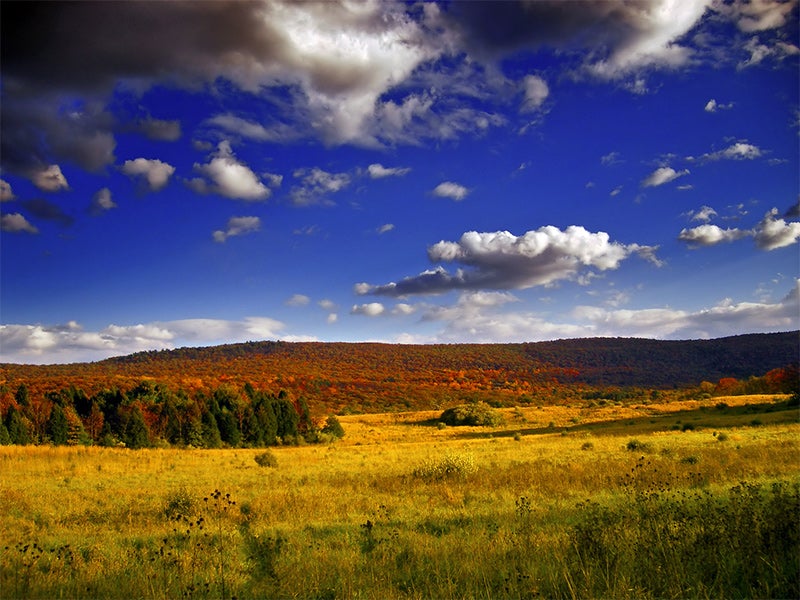Challenging a Supersized Transmission Line in the Delaware Water Gap
Construction impacts include clear-cutting forests, filling wetlands, and building roads which will harm water quality and habitat. The project will damage rare geological and ecological resources and mar the recreational experience for more than 5.2 million people who visit the parks every year.
Clients
Appalachian Mountain ClubAppalachian Trail ConservancyAssociation of New Jersey Environmental CommissionsDelaware Riverkeeper NetworkEnvironment New JerseyNational Parks Conservation AssociationNew Jersey Environmental FederationNew Jersey Highlands CoalitionNew York–New Jersey Trail ConferenceRock the EarthSierra ClubStop the LinesThe New Jersey Highlands Coalition
Regional Office / Program
Case Overview
In October 2012, Earthjustice represented a coalition of national, regional and local conservation groups in New Jersey and Pennsylvania to file suit in federal court challenging the approval by the National Park Service (NPS) of a supersized transmission line that would cut through three popular national parks. The suit against the NPS challenges the agency’s approval and environmental review of the 145 mile, 500-kilovolt (kV) Susquehanna-Roseland transmission line which will run through the Delaware Water Gap National Recreation Area, the Middle Delaware National Scenic and Recreational River, and the Appalachian National Scenic Trail. Since the approval of the $750 million project in 2010, the success of energy efficiency technology, energy demand response programs and significant drops in energy demand have raised questions about whether the project is even necessary.
Despite NPS’s governing mandate to protect the National Park Systems to ensure the parks remain “unimpaired for future generations” as required by the 1916 National Park Service Organic Act, the project has been authorized even though the agency acknowledges it will have serious and enduring impacts on the parks. The National Park Service’s Environmental Impact Statement failed to assess the total and cumulative impacts outside the parks that will have direct and indirect effects on downstream natural resources. Construction impacts include clear-cutting forests, filling wetlands, and building roads which will harm water quality and habitat because the activities will take place near tributaries that flow directly into the Deleware River within the park. The project will damage rare geological and ecological resources and mar the recreational experience for more than 5.2 million people who visit the parks every year.

Case Updates
Case page created on April 6, 2011.